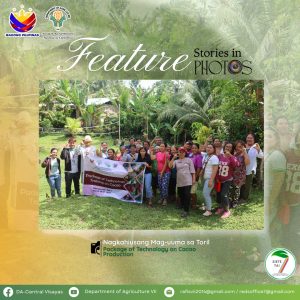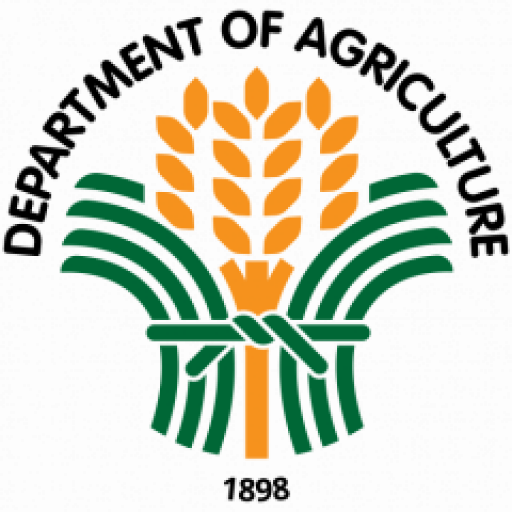“Sa duha ka adlaw nga seminar ining Cacao Package of Technology (POT), daghan mi’g nakuha kabahin sa bag-ong paagi sa pagpananom ug pag-process sa cacao.”
(We learned a lot of new technologies on cacao production and processing during the two-days seminar on Cacao Package of Technologies.)

Speaking for the entire members of the Nagkahiusang Mag-uuma sa Toril (NMT), in Alburquerque Bohol, Liberata T. Ras, the treasurer of the said association, shared their gratefulness to the High Value Crops Development Program (HVCDP) of the Department of Agriculture (DA) in the region for providing the POT on cacao.
“Gitaagan ta’g panahon sa DA nga madugangan ug mahibaloan nato ang wala pa nato mahibaloan, sama sa pruning ug sa pag-harvest nga dili diay liso-on kundi mag-gamit ug hait nga kutsilyo aron di madaot ang punuan,” shared Ras.
(The DA gave us the opportunity to learn new technologies, which we don’t know yet like pruning and harvesting of pods must not be twisted, but should be used with a knife to avoid trunk or branch damage.)
During the training, a burning passion to learn new technologies in cacao growing resonates to every member of the NMT, listening attentively with an exchanging of knowledge, ideas and queries during the lectures, and their eagerness in the hands-on experience on the pruning process and pods sleeving.
The members learned the importance of pruning-the removing of dead, unwanted and diseased branches to improve the growth of cacao, increase production yield, prevent pest and diseases infestation and control the shape and height of the cacao to ensure easy access during harvesting.
“Abi namo og puwede ra dili pul-ungan, pasagdaan ra og tubo ang mga sanga sa cacao aron mamunga, pero sukwahi diay. Dapat gyud diay pul-ungan aron makaginhawa, makasulod ang kahayag sa adlaw, ug uban pa,” she shared.
(We thought that it’s OK not to remove the unwanted branches (pruning) letting the branch to grow in orfer to bear pods, but in contrary, it shouldn’t be. We need to prune for the tree to breathe, and the rays of the sun penetrate the cacao trees, and more.)
They also realized the importance of pod sleeving, a process of covering the pods with plastic sheath to prevent adult cocoa pod borer and other pests from laying eggs and thereby reducing the degree of infestation.
Another learning acquired, of which they really got immersed were on the different pests and diseases that will infest the cacao trees if not given care and maintenance. They were taught on how to apply biocontrol agents for pest management such as the earwigs, metarhizium, and beauvaria among others.
Richard Balingcos, the president of the NMT, just realized the importance of soil health, that every farmer should know how soil health affects one’s production, it maybe cacao or other crops.
Both Ras and Balingcos, together with the NMT members, shared that DA gave them the opportunities to see new things and perspective in cacao farming, that learning is a continued process, and that the farming practices before, may no longer be relevant today.
As they continue to work with their hands and feet on the ground, they also look forward to DA to continue guiding and supporting them (association), being both the stewards to the vast world of agricultural development.
Their passion to farming will remain as the beating heart of their community, to strive and thrive with resilience.
